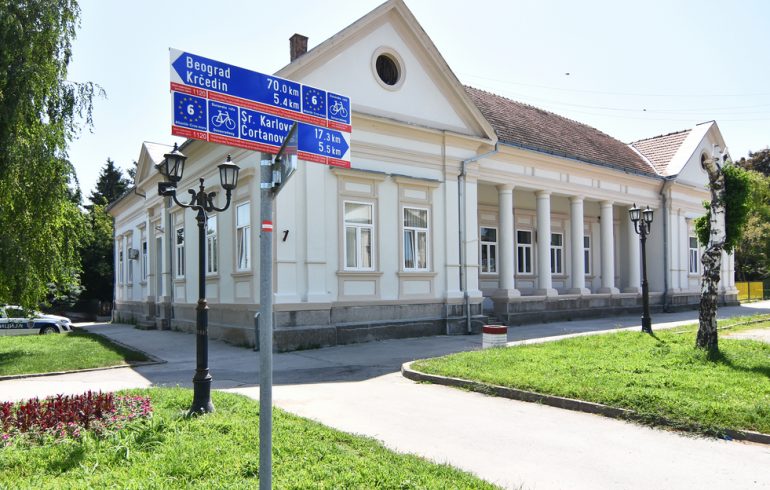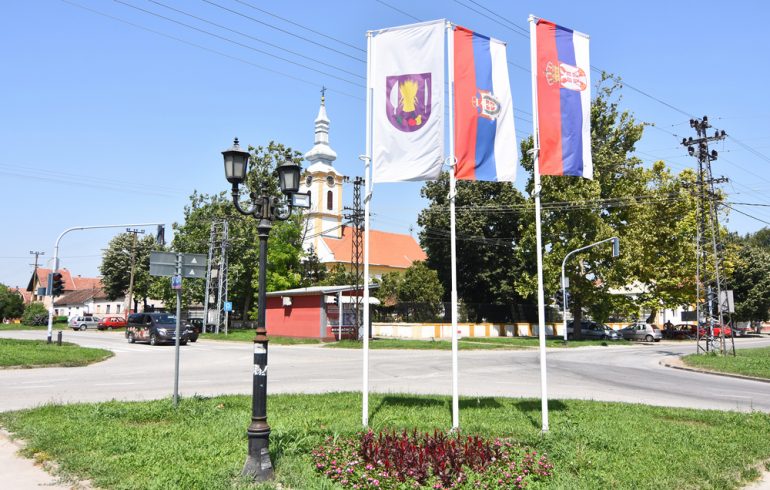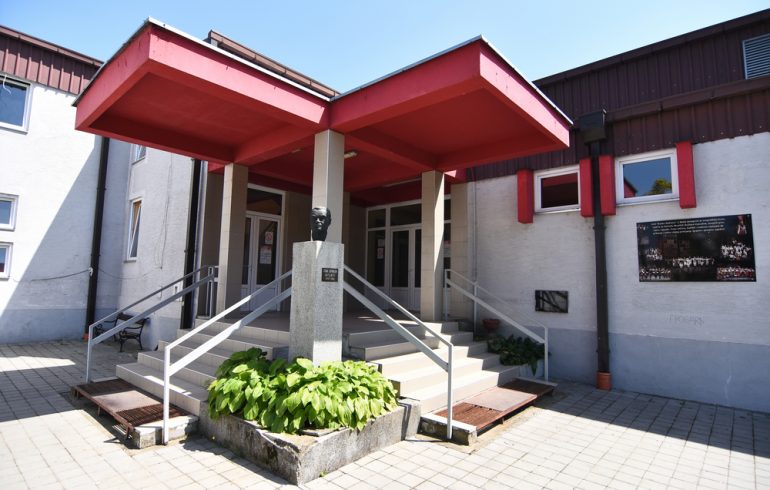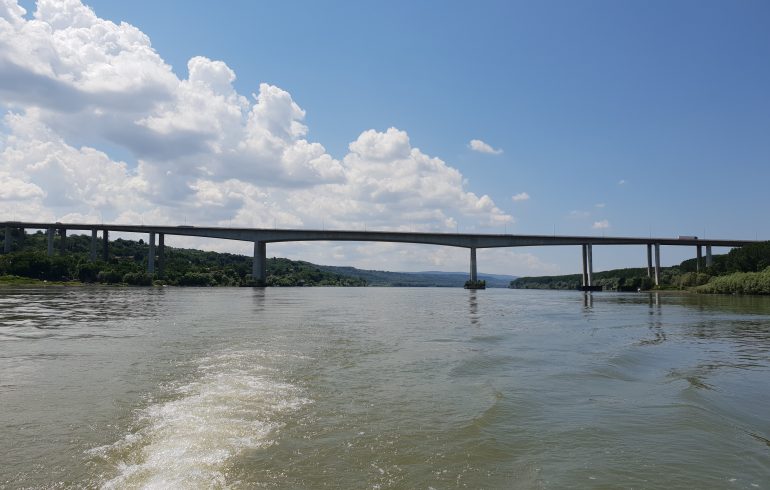Beška
Beška is the second largest village in the municipality of Inđija. It is located near the E-75 highway and the Danube River, which is about five kilometres away. The European cycling route EuroVelo 6 passes through Beška and this is the only rest area for cyclists with utilities on this part of the route.
Owing to its position along the banks of the Danube and pleasant cafés and restaurants, the weekend break zone of Beška has become an attractive place for lovers of the river, good food, tamburitza music and outdoor recreation.
Beška is also known for the bridge, the longest on the Danube, which is called the Beška Bridge (Beščanski most). The bridge is a part of the E-75 highway and is a place where two important European corridors intersect: Corridor 10 (the mentioned highway) and Corridor 7 (the Danube River). The total length of the bridge is 2.2 km, with the width of 15 meters. Due to the large difference in altitude between the left and right banks of the Danube, the bridge was designed with a slope of 2.3%, which is also the largest slope on this highway. During the mid-water level, the bridge rises 51 m above the Danube. The main designer of the bridge was Branko Žeželj, and it was built by “Mostogradnja” between 1971 and 1975. In 2011, another bridge was opened, the so-called “Twin Bridge” built parallel with the existing one.







On the bank of the Danube, near the bridge, there is a significant archaeological site of Kalakača dating from the Early Iron Age.
Although there are several different interpretations of the origin of the name of Beška, to this day it has not been determined exactly where it comes from and what it means. It is assumed that the word beška is an old Slavic word, which has lost its original meaning in modern speech over time.
Beška is a medieval place, created during the settlement of Slavs in this area. The first historical records about it date from the first half of the 16th century. Beška was a Serbian settlement until 1860, when Germans, who originate from the Palatinate Area, immigrated. At the beginning of the 20th century, Beška was inhabited by Hungarians, a smaller number of Slovaks, and later by Croats, Montenegrins and Serbs from different parts. According to the 2011 census, Beška had 5,783 inhabitants.
There are two churches in the village: the Orthodox Church of the Presentation of the Most Holy Mother of God, the Catholic Church of St. Theresa and the Chapel of St. Petka, which is located on the outskirts of the village.
The famous painter Danica Jovanović was born in Beška in 1886. A few years ago, Memorial Room of Danica Jovanović was opened in the Cultural Centre in Beška, where visitors can get acquainted with the life and work of the artist.
As a result of long-term cooperation between the Heritage Society “Stara Beška” from Beška and the Danube Swabians – former inhabitants of Beška and their descendants, and after the Decisions of the Municipality of Karlshuld and the Local Community of Beška, a Partnership Agreement was signed in 2010 between Beška and Karlshuld, a municipality from the German province of Bavaria. The agreement stipulates that in order to get to know each other better, friendly meetings of citizens of both places will be organized, through mutual connection of societies and associations, to organize student exchange programmes, to improve sports cooperation involving local sports clubs; to implement economic cooperation, exchange of experiences in the field of utilities and services in terms of topics important for the common future, such as ecology and environmental protection, etc. To honour the successful long-term cooperation, the rest area for cyclists in Beška bears the name Karlshuld Park.
The festival “Days of Vojvodinian-Bavarian Culture – Beška Fest”, which has been held since 2012 and which attracts an increasing number of visitors each year with its rich content and international character, also resulted from this partnership.
